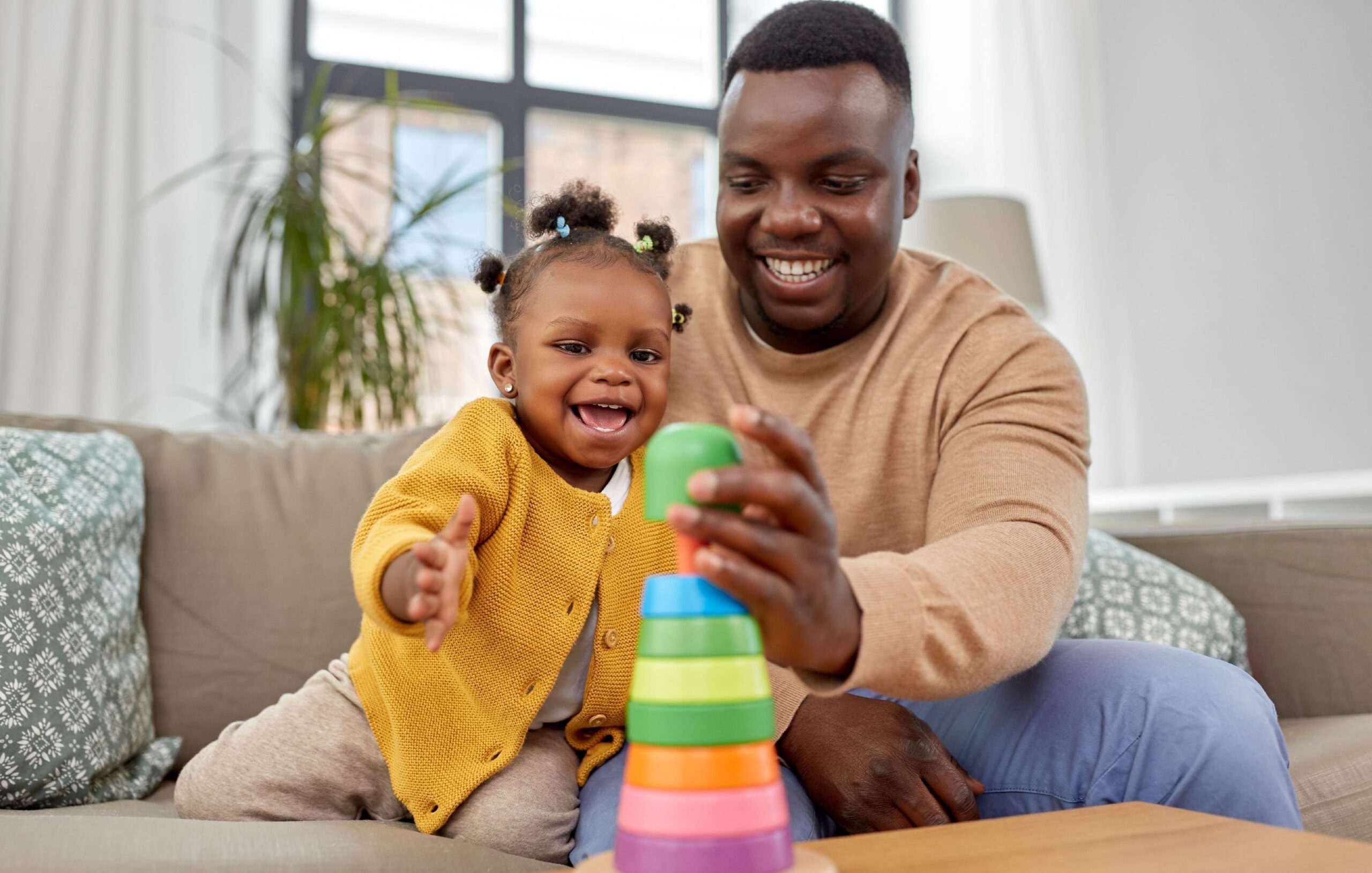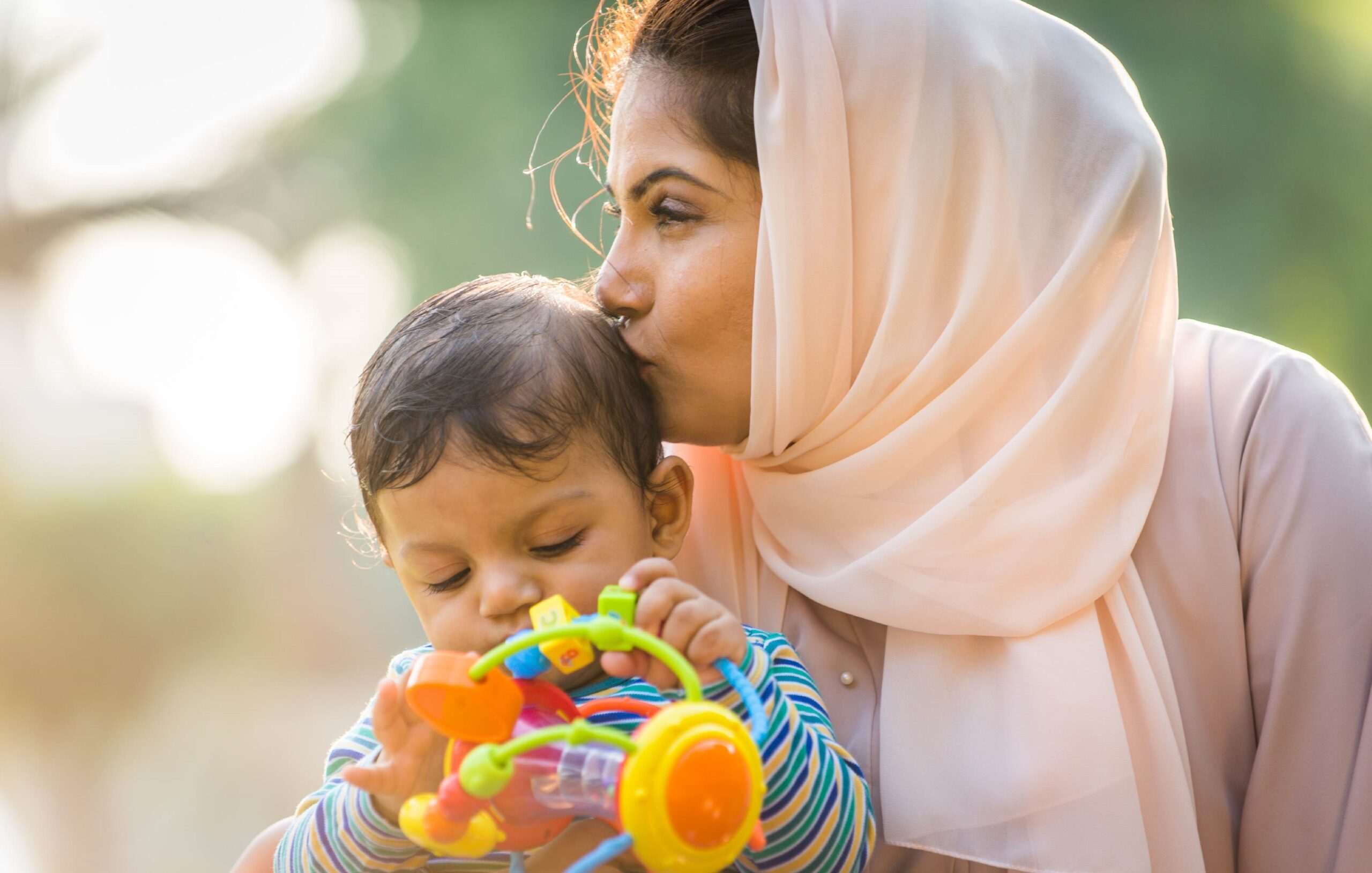Your Quick-Guide to the AEPS-3 Family Support Materials
PublishedFamilies are a young child’s first caregivers, teachers, and advocates, and their participation in assessment and intervention is essential to child progress. The AEPS-3 developers recognize the importance of ongoing family involvement, and the team has created tools and support materials to help facilitate it. In today’s post, we’ll look at the AEPS-3 components that are designed to promote family involvement: the Family Report, FACS, Child Progress Record, and family handouts. All of these materials are available in both English and Spanish.
Family Report
The Family Report is a user-friendly tool for collecting important input from caregivers about the child and family. It offers three especially important benefits:
- It sends the message to families that their input is valuable.
- It aids the team in gathering key family perspectives on the child’s developmental skills and participation in daily, family, and community activities. This information can help the team choose appropriate intervention targets and design teaching strategies.
- It offers flexibility—family members can complete it with or without assistance from the team and can choose which questions they deem relevant to answer.
The beginning of the form provides a space to enter contact and other general information about the child and family, followed by two sections of questions. Section 1, Child and Family Information, asks questions to help program staff get to know the child and family and understand how the family prefers to interact with program staff. Questions in Section 2, Activities, elicit information about the child’s participation in family routines and in daily routines and activities such as eating, sleeping, dressing, toileting, and communicating.
Family Assessment of Child Skills (FACS)
The FACS is designed to acquire family input about the child’s specific skills. Like the Family Report, the FACS offers flexibility of use. Its items parallel goals on the AEPS-3 Test but are written in simpler language, with examples that families from widely varied backgrounds and educational experiences can understand. As with the test, items are arranged by developmental area. The FACS omits test items that address advanced concepts or responses that are not likely to occur in the home.
See a sample Family Assessment of Child Skills
Child Progress Record
The Child Progress Record encourages caregivers to be part of the ongoing monitoring of changes in the child through a visual record of the child’s accomplishments over time. It can be used by teachers, interventionists, child care providers, and specialists to review progress. The easy-to-understand format makes it appropriate for use with most families, and its simplicity and flexibility make it ideal for use in most early childhood programs.
The Child Progress Record’s structure parallels that of the AEPS-3 Test, with items organized by area. Within each of the eight developmental areas of AEPS-3, goals and objectives are arranged hierarchically by strand. As the child meets the stated criteria for goals or objectives, staff or family members can shade the form to show the child’s progress, or a completed Child Progress Record can be reviewed or printed at any time in AEPSi.
See an excerpt of the Child Progress Record
Family Handouts
AEPS-3 also provides programs with family-friendly handouts to acquaint family members with AEPS-3:
- What Is AEPS-3? provides a brief, family-friendly overview of AEPS-3
- AEPS-3 Developmental Areas presents the eight developmental areas of AEPS-3 graphically, with examples
- AEPS-3 Family Materials introduces the three family forms described previously (Family Report, FACS, and Child Progress Record)
Written in easy-to-understand language, the handouts clearly explain components of the AEPS-3 linked system, describing what the family and child can expect in a positive, encouraging way.
With these helpful family support materials, your program can encourage ongoing family engagement and participation throughout the AEPS-3 process—and make the most of their in-depth expertise about their child.
Today’s post has been adapted from the AEPS®-3 User’s Guide (Volume 1), edited by Diane Bricker, Ph.D., and JoAnn (JJ) Johnson, Ph.D.



